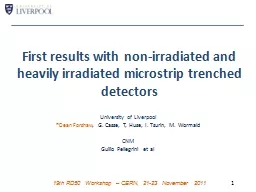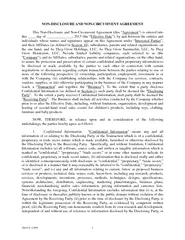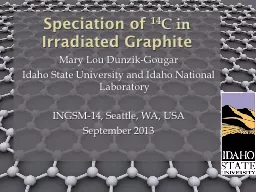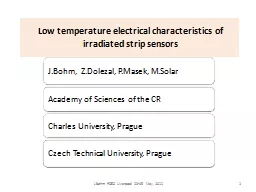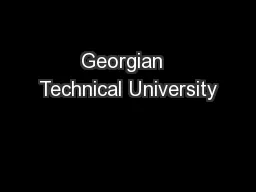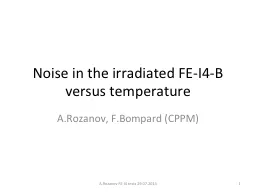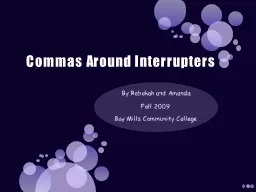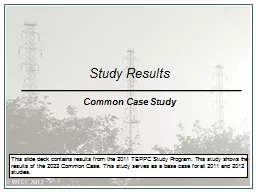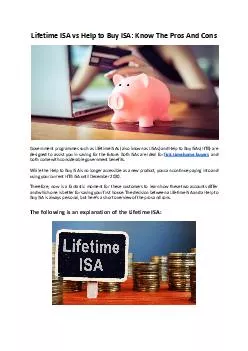PPT-First results with non-irradiated and heavily irradiated
Author : briana-ranney | Published Date : 2017-06-28
microstrip trenched detectors 1 University of Liverpool Dean Forshaw G Casse T Huse I Tsurin M Wormald CNM Guilio Pellegrini et al 19th RD50 Workshop
Presentation Embed Code
Download Presentation
Download Presentation The PPT/PDF document "First results with non-irradiated and he..." is the property of its rightful owner. Permission is granted to download and print the materials on this website for personal, non-commercial use only, and to display it on your personal computer provided you do not modify the materials and that you retain all copyright notices contained in the materials. By downloading content from our website, you accept the terms of this agreement.
First results with non-irradiated and heavily irradiated: Transcript
Download Rules Of Document
"First results with non-irradiated and heavily irradiated"The content belongs to its owner. You may download and print it for personal use, without modification, and keep all copyright notices. By downloading, you agree to these terms.
Related Documents

